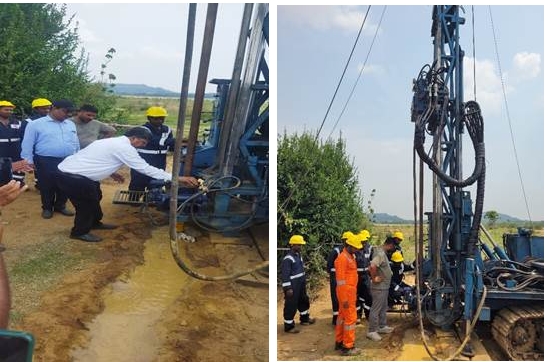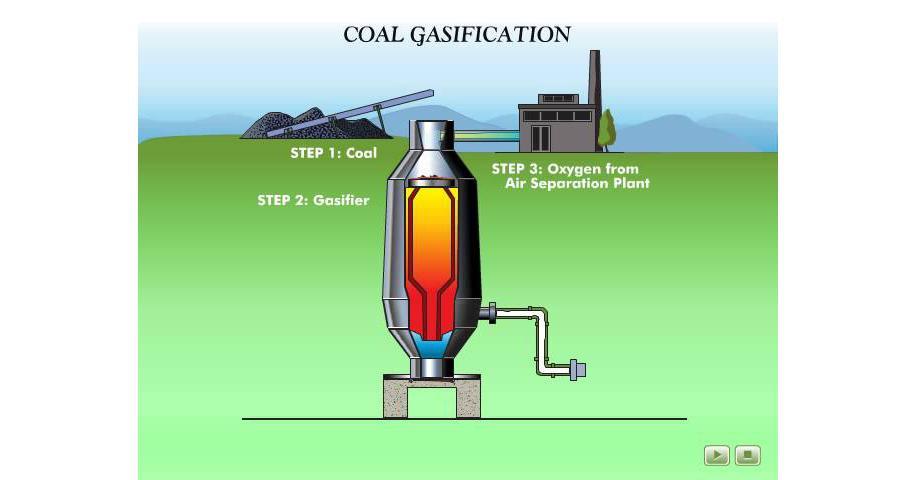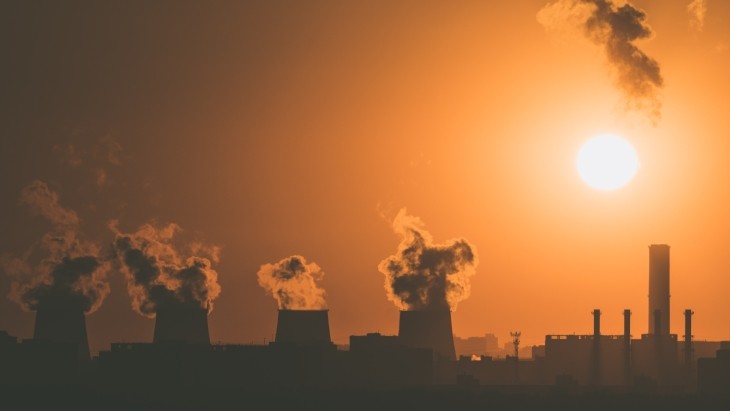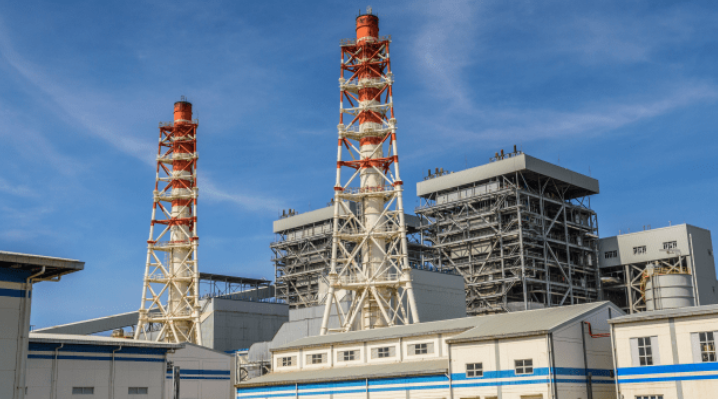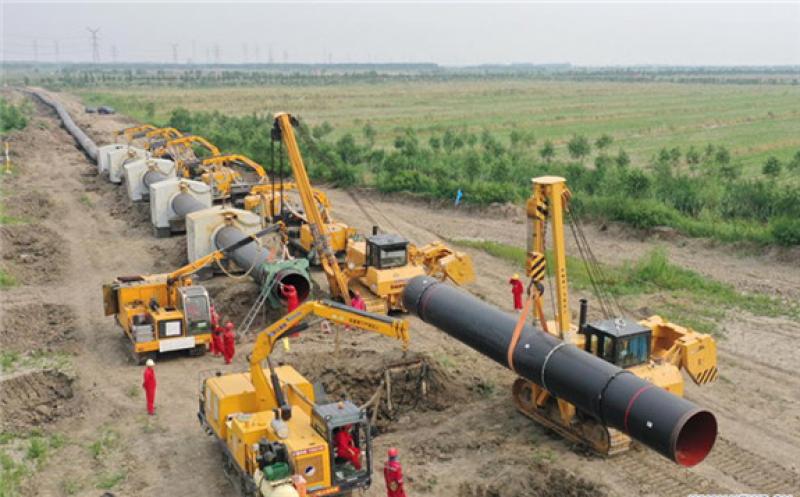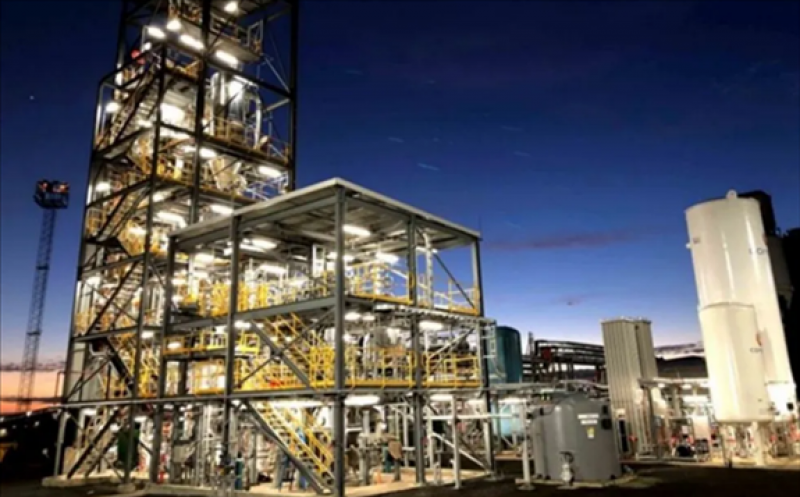“Everything that can be produced should be produced while there is still demand to sell it,” the head of the energy committee at the Duma, the Russian parliament, said last month at the presentation of a draft document aiming to do just that.
“The main thesis in this strategy is the monetization of current reserves and resources – that is, the maximum monetization of exports,” Pavel Zavalny also said at the event.
Russia is one of the three biggest oil exporters in the world, alongside Saudi Arabia and the United States. It has enough oil to keep producing at current rates at least until 2080, with enough gas reserves to last for another 103 years. And the state is pouring billions—$110 billion to be precise—into the development of new oil reserves in eastern Siberia to tap 100 million tons of new crude annually. That’s about a fifth of the country’s annual output in 2019.
Much of this oil will replace depleting fields in western Siberia. According to the Energy Ministry of the country, Russia does not seem to have plans to considerably boost current production rates. In the last pre-pandemic year, the daily production rate was 11.3 million bpd, a record high. Now, the Energy Ministry sees the current - constrained - production rate rising from 10.3 million bpd to 11.1 million bpd by 2029 before beginning to decline. In other words, Russia has eight years to take advantage of growing global oil demand as per its own scenario.
Yet, there are various scenarios for the peak of oil demand. BP, for instance, predicted that in the worst-case scenario peak oil demand has already arrived, and in the best-case scenario, it will come in 2030. Norway’s Equinor expects peak oil demand sometime in 2027 or 2028. Rystad Energy sees demand peaking in five years, and the International Energy Agency expects peak demand over the next decade. All in all, forecasts are within the range of 2030.
This means producers such as Russia, Saudi Arabia, Iraq, and the Gulf nations have very little time to make the most of their oil reserves before demand begins declining steadily. And with all of these countries boosting their production capacity and making plans for higher production, competition in the oil market is bound to become even more severe than it is now.
When it comes to competition, Russia is better positioned than its Middle Eastern partners. It has always been less dependent on oil export revenues than Middle Eastern producers. Recently, it has been deliberately reducing this dependence. Oil and gas revenues still account for a solid 30 percent of gross domestic product, but with things like hydrogen catching the eye of the Kremlin, diversification is slowly but surely underway. Still, there are all those billions of barrels of oil sitting in the ground, and it would be a pity to keep them there, hence the plans to boost production. But who will be buying?
In terms of export destinations, Russia has mixed luck. Its biggest client by far is China, which is good for future oil asset monetization plans. Its second-biggest client is Europe, and that continent will be reducing its oil intake fast if everything in the EU’s energy transition scheme goes as planned. That means Russia will need to find new buyers for all the new oil it will be pumping from eastern Siberia.
India is an obvious candidate. The country imports 80 percent of the oil it burns, and it likes it cheap because of that. In India, Russia will be competing with its OPEC partners and the United States, for whom India is also a top oil export destination. The rest of emerging Asia will also be a key market for oil exporters as peak demand draws nearer and nearer.
Oil producers are then in a rush to sell as much oil as they can while there are still buyers, it seems, based on demand forecasts. But the truth is that peak oil demand may indeed come in ten years or fewer, but it does not mean demand will then fall off a cliff—unless another pandemic hits the planet, that is. In the absence of such an unforeseen event, oil demand is likely to decline pretty gradually, giving forward-looking producers plenty of time to adjust by boosting their non-oil sectors. From this perspective, Russia has enough time to reduce oil and gas revenues as a portion of GDP. Whether it will use this time wisely to achieve those aims remains to be seen.
